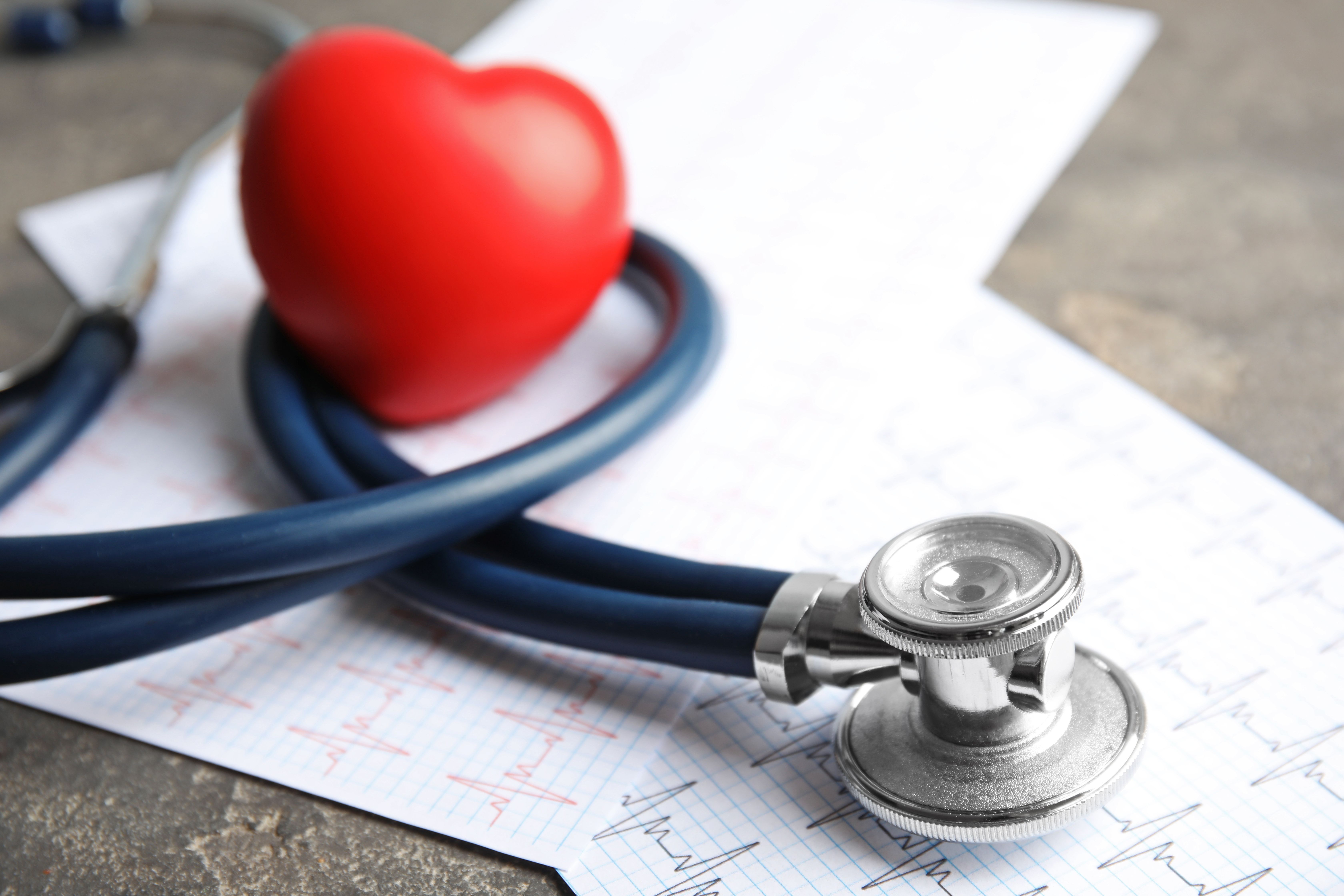Publication
Article
Pharmacy Times
Median Price Change for Generic Drugs Is 0%
Author(s):
According to an analysis by Drug Channels Institute, prices increased for half of generic drugs in the past year, with 1 in every 11 of those drugs more than doubling in cost.
Despite the increases, the generic drug market had a median price change of 0%, meaning the other half of generic medications’ prices decreased, the analysis showed.
Drug Channels Institute and Pembroke Consulting CEO Dr. Adam Fein used the Centers for Medicare & Medicaid Services National Average Drug Acquisition Cost data from July 2014 and July 2013 to determine the extent of the change. The analysis covers only the net actual acquisition costs and incorporates rebates from wholesalers, buying groups, and manufacturers.
The increases have their roots in the generic drug supply chain’s tenuous stability, Dr. Fein said.
“The retail supply chain has become very fragile,” Dr. Fein said in an interview with Pharmacy Times. “For many generic drugs, there are only a few suppliers. Any supply shock to the system, such as a manufacturing problem or FDA action, can rapidly create a shortage because alternative capacity isn’t ramping up to meet demand.”
The skyrocketing retail generic price situation is similar to the generic injectable drug shortage seen in 2011 and 2012. A House of Representatives committee tied those shortages to increased FDA regulatory actions that caused several manufacturers to shut down portions of their manufacturing capacity.
According to Drug Channels Institute, 9.4% of the total generic drugs analyzed had price increases greater than 100%. The drugs included several forms of the antibiotic tetracycline, blood pressure medication captopril, antidepressant clomipramine, blood pressure and benign prostatic hyperplasia drug doxazosin mesylate, and antifungal fluconazole.
For 2 separate dosage strengths of tetracycline alone, the price per unit costs rose from $0.05 to $8.59 and $0.06 to $4.26, Drug Channels Institute reports. Those amount to 17,714% and 7340% increases, respectively.
The skyrocketing prices clearly benefit generic manufacturers and wholesalers, Dr. Fein said in an August 13 blog post. It is also creating an unexpected benefit for brand name drug manufacturers, particularly if the brand name manufacturer has a rebate program. In those cases, the rebate programs could make a brand name product less expensive than the traditionally cheaper generic, Dr. Fein says.
Pharmacies are clearly feeling the pinch from the increased generic drug acquisition costs, particularly with maximum allowable cost (MAC) reimbursement rates lagging behind the cost to purchase the drugs. According to Dr. Fein, once MAC reimbursements fall into step with the generic drug costs, pharmacies may even profit from the higher generic drug costs.
Furthermore, once generic drug prices decline, the reimbursement rates will likely remain high before catching up to the lower drug costs—essentially the opposite of the situation seen now.
“When MAC limits don’t keep pace with rising generic acquisition costs, acquisition cost increases squeeze pharmacies’ profits,” Dr. Fein said. “Over time, the MACs will catch up. Pharmacies can ultimately benefit from these price increases, because gross profit dollars per script will grow. Once prices start declining again, pharmacies will also benefit because reimbursement lags behind the lower acquisition costs.”







